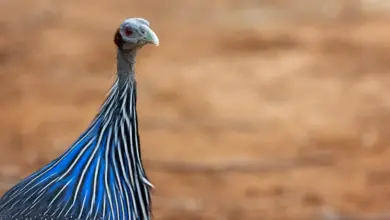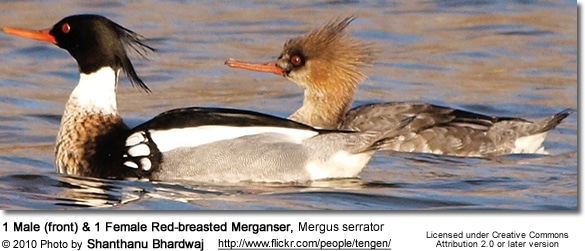The Color of Light
The color of light changes during the day, especially when the sky is clear. The color temperature of daylight changes because of the way that the earth’s atmosphere scatters the light.
In the morning when the sun is very low in the sky, its light passes through much more atmosphere and the molecules in the air scatter the short blue light waves more than the other wavelengths.
Thus in the morning or evening, this makes the light redder. In a sense, this neutral white light is being separated into its components
However, what was once hard to fathom in film photography is now familiar to digital photographers because if one goes to the “white balance “ button, one can make the color temperature.
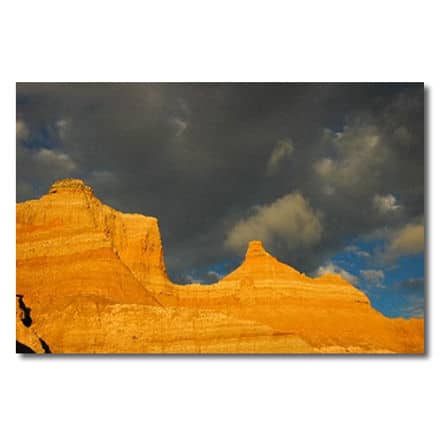
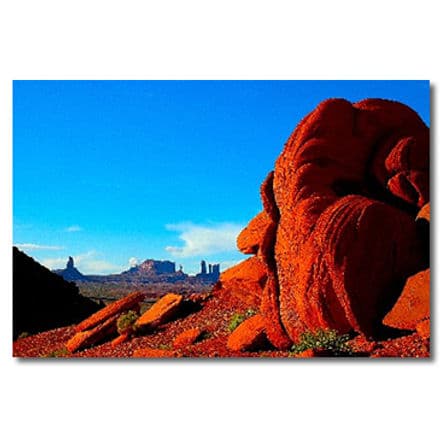
The scale of colors from which daylight moves is a highly known scientific fact. It is known as the light color temperature. The light works by burning…..The sun is burning Hydrogen…..and its color depends on temperature.
This is why in the film, there was a film made for incandescent lighting, fluorescent lighting, and outdoor lighting…..each bearing a different temperature. Going from warm to hot and very hot, the range of colors goes red, orange, white, and finally blue.
The exact color ( whether it is the setting sun or that of a light in one’s ceiling) temperature is measured in degrees of Kelvin (K).
Thus a candle burning orange has a temperature of about 2000K, and the light at high noon on a clear day is about 5500K, and under open shade under a clear sky is about 8000K. Color blue is associated with cold and red is associated with hot, and warming up an image means lowering its temperature.
However, there is no reason to worry about correction. The color, with a few exceptions, has a difference that is small and will not ruin an image. If one is shooting film….choose the correct color and shoot….if shooting digital, one can set or reset the white balance.
Only at sunrise/set, there may be a color other than that desired ( orange to white) if one has the white balance set on auto white balance.
Since one now recognizes all the colors of the light and how to compensate for each, more and better images will be produced. Production is the way one makes their money.

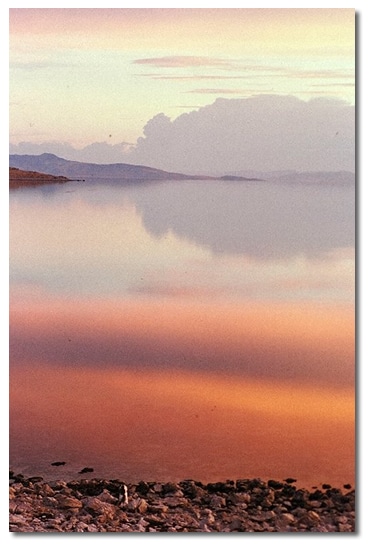
by Ron Toel
Other Articles by Ron Toel:
Choosing the Right Camera … Skyscapes … Landscapes with Animals … Abstract Photography … Close-up Photography … Natural Frames … Nature / Wildlife Photography … Nature / Wildlife Photography … Wildlife Photography from Vehicles … Taking Photos at Zoos … Desert Photography … Photography at Game Farms … Grassland Photograph … Mountain Photography … Wetland Photography … Woodland Photography … The Beauty of Snow and Ice … Geothermal Photography … Stalking Your Targets … Nature’s Calendar … Twilight Photography … EtiquetteIdeas to Enhance Watching Wildlife … Reasons for Attending a Workshop … Keeping Your Awareness
Unrelated to Photography: Alligators … Elephant Seals … Ruby-throated Hummingbirds … Wood Storks


